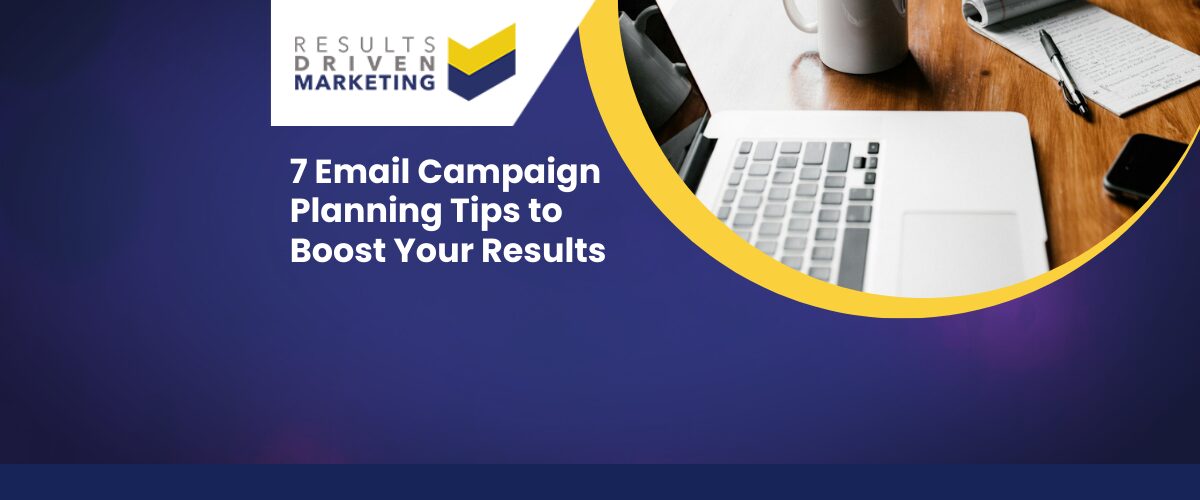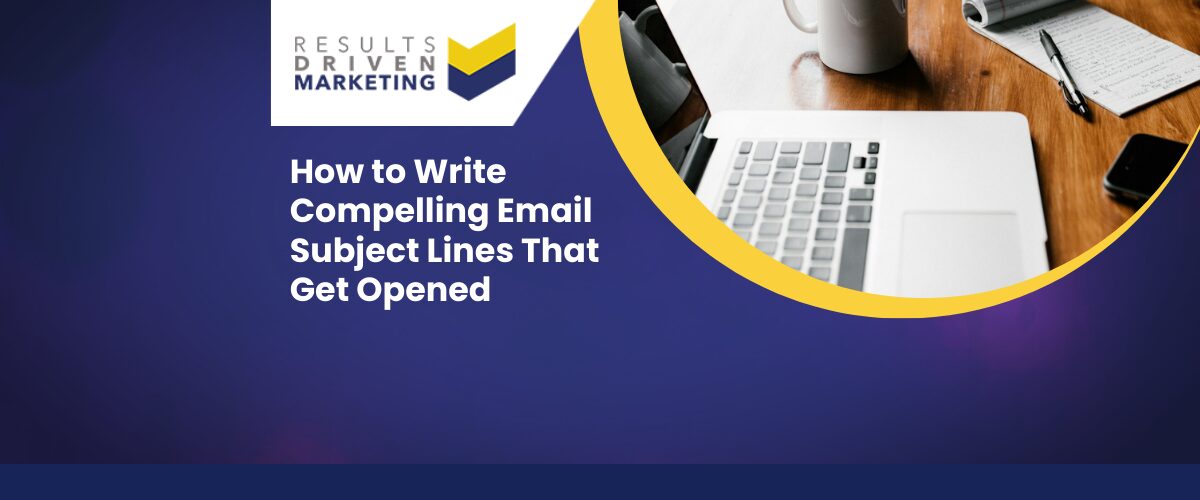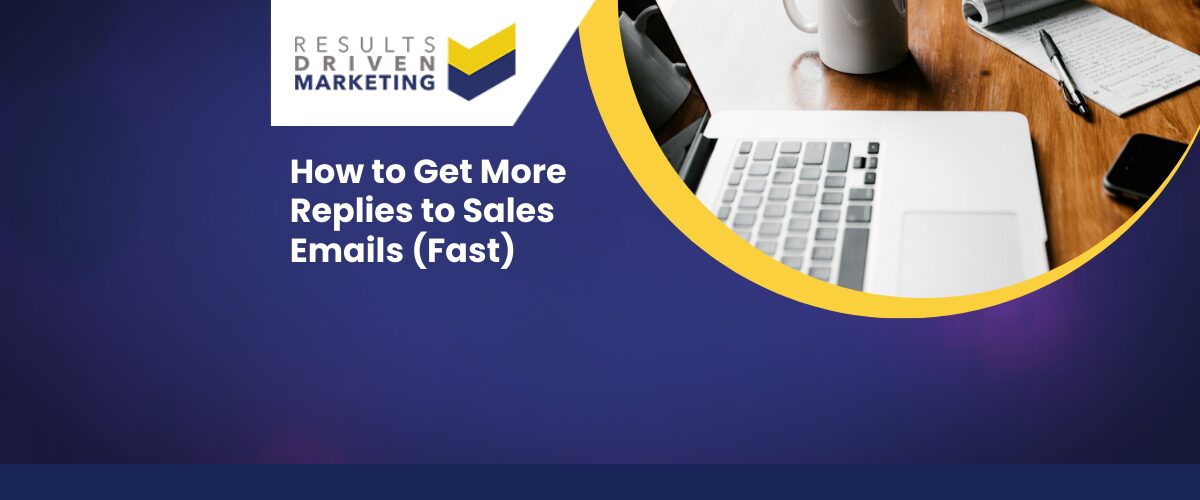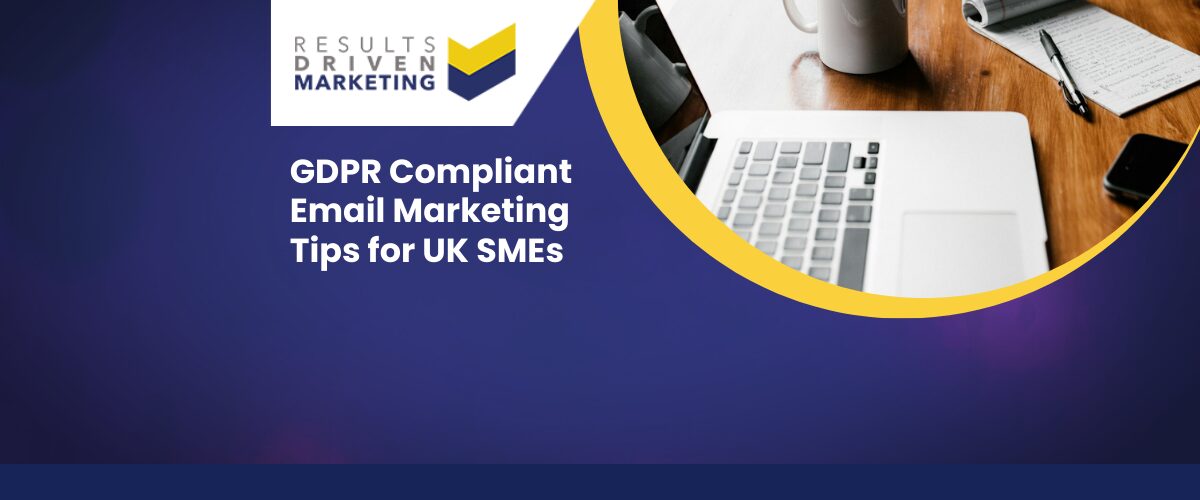
7 Email Campaign Planning Tips to Boost Your Results
7 Email Campaign Planning Tips to Boost Your Results
Email campaign planning tips can make all the difference between inbox success and wasted effort—especially if you’re using purchased B2B data. For many UK SMEs, email remains a go-to channel for reaching decision-makers, but too often we see campaigns that fall flat because they weren’t properly planned.
Maybe your open rates are low. Maybe you’re not getting replies. Or maybe you’ve bought a decent data list but aren’t sure what to do with it. Sound familiar?
We’ve worked with hundreds of business owners, sales directors, and marketers in the same position. The good news? A few smart tweaks to your planning process can lead to dramatically better results.
In this post, we’ll walk you through 7 practical email campaign planning tips—designed for real-world businesses like yours. No fluff, no jargon—just straight-talking advice to help you get more replies, more leads, and more return on your marketing spend.
Let’s get started.
Table of contents:
1. Start With a Clear Goal and Audience
Every successful campaign begins with clarity. Before you write a single line of copy, ask yourself: What do I want this email to achieve? Is it to generate leads, book appointments, or introduce your business?
Once you’ve nailed the goal, focus on your audience. With purchased B2B data, you’ve got a powerful head start—but only if you use it properly. Are you targeting owners of construction firms? Marketing directors at tech startups? Each segment will respond differently.
Keep in mind:
-
Match your message to the pain points of that specific role or sector
-
Avoid one-size-fits-all emails—they feel lazy and get ignored
-
Make sure your data is filtered correctly (industry, location, turnover, employee count)
Without this foundation, even the best-written emails will miss the mark. Planning around your goal and audience ensures the rest of the campaign stays focused and effective.
2. Segment Your Data for Precision Targeting
One of the biggest advantages of using purchased B2B data is the ability to segment your list before you hit send. Yet many businesses still send blanket emails to everyone on their list—and wonder why response rates are low.
Effective segmentation means grouping contacts with similar characteristics, so your message feels more relevant and less like a generic sales pitch.
Ways to segment your data include:
-
Industry sector (e.g. legal, manufacturing, retail)
-
Company size (based on turnover or employee count)
-
Geographic location (especially if your offer is regional)
-
Job role or seniority (e.g. Owner vs Marketing Manager)
By narrowing your focus, you can tailor your messaging and subject lines to speak directly to the recipient’s needs. Better targeting = better engagement. Plus, it shows you’ve put thought into who you’re contacting—something decision-makers appreciate.
3. Write Subject Lines That Spark Curiosity
Your subject line is the first (and sometimes only) thing your prospect sees—so it needs to earn that click. When you’re sending cold emails to purchased B2B lists, a subject line that feels irrelevant or pushy will get binned instantly.
The goal? Spark enough curiosity or relevance to get them to open, without sounding salesy or spammy.
Keep it simple and sharp:
-
Aim for 5–8 words
-
Avoid spam triggers like “free”, “limited time”, “guaranteed”
-
Capitalise the first word only—avoid SHOUTY CAPS
-
Use language that feels human, not robotic
Examples:
-
“Quick question about your recruitment plans”
-
“Targeted data for your next campaign”
-
“Idea for [Industry] lead generation”
A good subject line sets the tone and builds trust from the start. If it feels like it was written for them—not everyone—you’re on the right track.
4. Personalise Your Emails—But Keep It Simple
Personalisation is key to cutting through the noise, especially when you’re emailing cold. But that doesn’t mean you need complex dynamic fields or over-engineered templates. In fact, simple, thoughtful touches often work best.
At minimum, include:
-
First name
-
Company name
-
A relevant mention of their sector or industry
Example opening line:
“Hi Sarah, I work with several accountancy firms across the North East and thought this might be of interest…”
This approach shows the email wasn’t blasted out to thousands without thought. It’s respectful and direct—without being over-familiar.
Avoid these mistakes:
-
Overdoing it (“I saw on your LinkedIn you like hiking…”)
-
Sounding robotic (“Dear [FirstName], we help [Industry] businesses…”)
-
Using placeholder personalisation that can break or look clumsy
The goal is to sound like a real person writing to another real person. That’s often all it takes to stand out.
5. Keep the Message Focused and Actionable
Once they’ve opened the email, your next job is to keep their attention—and guide them to act. This is where many cold emails go wrong: too much waffle, not enough clarity.
Stick to one core message per email.
Trying to say everything at once leads to confusion and inaction. Be clear about what you’re offering and what they should do next.
Structure your email like this:
-
Opening line: Personalised and relevant
-
Body: One or two short paragraphs explaining the value
-
Call to action (CTA): Tell them what to do next (e.g. “Let me know if you’d like a quick call”)
Quick tips:
-
Use bullet points for clarity
-
Bold key benefits
-
Keep sentences short and conversational
End with a soft but clear ask. You’re not closing a deal—you’re starting a conversation. That’s what moves the needle in cold outreach.
6. Respect Timing and Frequency
Even a perfectly written email can flop if it lands at the wrong time. When sending to purchased B2B lists, timing and frequency can make a big difference to engagement and response rates.
Best practices for timing:
-
Midweek mornings (Tuesday–Thursday, between 9–11am) often perform best
-
Avoid Mondays (inbox overload) and Fridays (low engagement)
But timing isn’t just about when—it’s about how often. Sending too many emails in quick succession can damage trust. Sending too few means you miss opportunities.
Smart frequency tips:
-
Start with one well-timed email
-
Follow up 3–5 working days later with a short, polite nudge
-
Limit your follow-up sequence to 2–3 emails max
Each message should add value, not just repeat the same thing. A light, respectful touch keeps your business top of mind without being annoying.
7. Track, Learn, and Refine
No email campaign is perfect out of the gate—but the best ones are built through iteration. Once your emails are live, tracking key metrics helps you understand what’s working and where you can improve.
Focus on simple, actionable metrics:
-
Open rate – Are your subject lines grabbing attention?
-
Reply rate – Are people engaging with your message?
-
Bounce rate – Is your data up to standard?
Don’t panic if results are quiet early on. Campaigns often improve as you tweak your targeting, wording, or timing based on what the data shows.
Refinement tips:
-
Test subject lines and intros
-
Try different calls to action
-
Adjust your follow-up timing
It’s all about small, strategic changes—not guesswork. Over time, this approach leads to better engagement, more qualified leads, and stronger ROI from your B2B email efforts.
Why Choose Results Driven Marketing
At Results Driven Marketing, we don’t just sell B2B data—we help you turn it into results. For over 12 years, we’ve supported UK SMEs with the insights, lists, and campaign advice they need to reach the right decision-makers and grow their business.
Here’s why clients choose us:
-
Highly targeted lists from over 2,000 UK sectors
-
Accurate, campaign-ready data tailored to your preferred channel—email, telemarketing, or direct mail
-
Fast turnaround—data delivered within 24 hours, ready to use
-
Personal support—real advice from real people who understand your goals
-
Proven experience helping businesses go from bad data to more leads, more replies, and more sales
Whether you’re planning your first outreach or refining a long-term strategy, we’re here to make sure your campaigns hit the mark—with quality data that delivers.
Conclusion: Smarter Planning = Better Results
Email campaign planning tips like these may seem simple—but they’re often overlooked. And when you’re using purchased B2B data, a lack of planning can mean the difference between a campaign that gets replies and one that gets ignored.
Let’s recap:
-
Know your goal and your audience
-
Segment your data for relevance
-
Write subject lines that grab attention
-
Personalise without overcomplicating
-
Keep messages clear and actionable
-
Respect timing and follow-up strategy
-
Always track and refine based on results
A little extra planning upfront leads to far better outcomes—more conversations, more qualified leads, and more return on your data investment.
Need help building a smarter campaign?
Contact us today for expert advice, or buy email lists tailored to your goals. We’ll help you stay compliant with GDPR and get more from every send.
Results Driven Marketing
Helping UK SMEs go from bad data to better leads
📍 Newcastle | 📞 0191 406 6399 | 📧 hello@rdmarketing.co.uk
rdmarketing.co.uk





